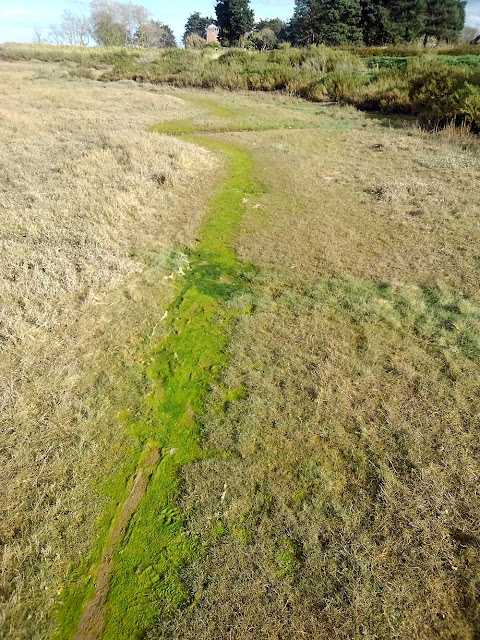I am a geologist (sedimentologist) in Japan. This time, from June 2018 to March 2019, I conducted overseas research in United Kingdom, and went around many areas. My living expense was covered by Rutherford Fund Strategic Partner Grants by Universities UK and Green Port Growth Programme by Aura of University of Hull. I appreciate the grants and the persons concerned.
I will introduce my activities in this blog. It would be nice if it could be a reference for researchers in adjacent field and trigger new joint researches, and it would be also nice if people who like geology simply enjoy what I saw and felt. Here I explain the purpose of my field survey in many areas.
My job is geological mapping. We clarify what kind of rock or sediment are distributed where and write a explanatory note in the maps. We also post new findings obtained in the process as academic papers. Geological maps are useful for disaster prevention planning (for earthquake, volcanic eruption, land slide, etc.), resource exploration, land and marine development and general geological researches by researchers.
The truth is always one, but geological maps sometimes have slightly different results depending on the researcher. This is not a subject that which one is correct and the others are mistakes. This is due to summarization. summarization is necessary to explain complex things in an easy-to-understand manner, and the way of extraction are different in view points and purposes. To make maps useful, the ability to identify what is the essence of an object is required. This is similar to the fact that description of a character of a person may differ from person to person.
The knowledge about the formation processes is also required. The results of analysis of the physical properties of sediment are same regardless of researchers, but to clarify the distribution, we have to interpolate because we can get the information only from outcrops distributed discretely. To better interpolation, we use the information about the formation processes (for example, is target sand a part of fans or delta plain or submarine channels ?) and direction of sediment supply. This is difficult to reconstruct. We can observe only the results, and there is no way but to estimate the phenomena leading to the results. It looks like a detective to identify the murderer. Therefore, it is necessary to know a lot of phenomena and results, and geologists have been struggling marine observations, flume experiments and theoretical calculation for the purpose.
I research in Japan and the phenomena that can be observed in Japan are limited. Geology is originated in the Europe, and most of basic theories are produced based on geology in Europe or North America. I use these theories but often need to modify them when I adapt to Japanese sediments because the river slope and the tidal range in Japan are completely different from such pivotal areas.
In order to generalize the new findings about geology in Japan, it is necessary to understand the situation in Europe. And even if I research only in Japan, I can't interpret the sediments using only the knowledge obtained in Japan in many cases, for example, the tidal range is large in the age when the target sediment was formed.
So it is very meaningful for me to observe a wide range of phenomena by my own eyes and from my interests although I can study them in textbooks and academic papers. From such a point of view, I surveyed the coasts of UK to observe a sedimentary processes, sediment and geography not found in Japan in order to improve my research and the skill, find new research topics and the suitable areas, get new view points.
I can not write the details of the survey, but I wrote what is unusual from the perspective of Japanese geologist and what kind of researches can be done in each area.





























